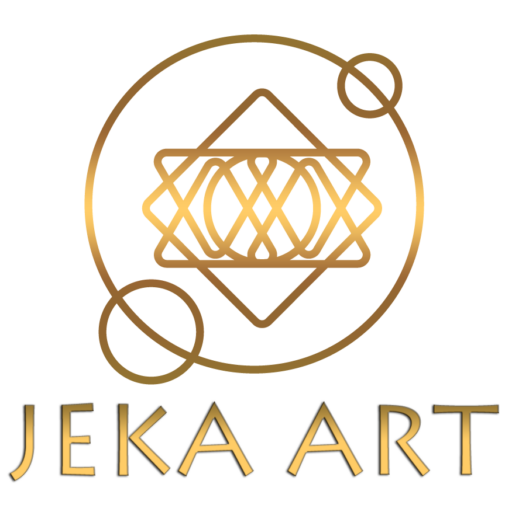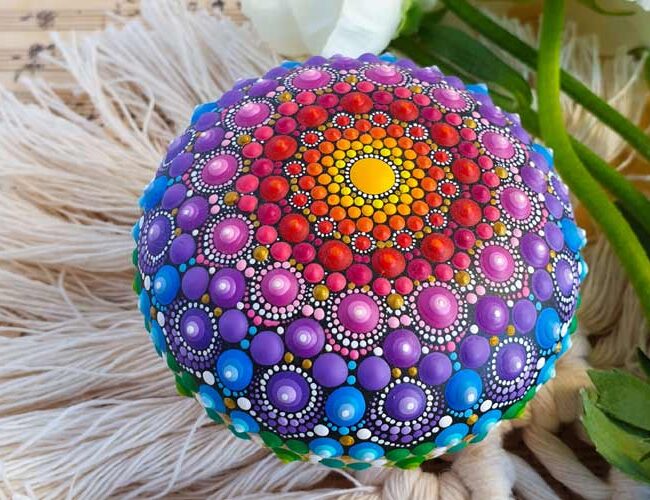6 Types of Mandala in Art
Different cultures have different Mandalas, which are used for a multiple purposes, both spiritually and artistically. So have you ever wondered how many types of mandala art there are? Let me introduce you 6 of them:
In This Article
1. Element mandala

The five basic elements of water, fire, earth, air, and space made up the foundation of traditional Indian Ayurvedic medicine. Later, Tibetan medicine integrated this system.
We all contain all five of these elements and their energy. They link to our chakras as well as, for instance, emotions, colors, bodily types, diseases, thought patterns, and character.
Thes mandala was used to explain the relationship between the diseases and their treatments.
2. Sand mandala
The sand mandala represents the journey taken by humans from ignorance to enlightenment.
Sand mandalas are typically made by skilled, experienced monks. Before they can produce them in public, these monks must undergo years of training in this art form.
The monks will often perform a few ceremonies before beginning to build on the mandala.
The mandala is purposefully destroyed by sweeping the sand to the side after it is finished, the ceremonies, and open viewings have ended.
This represents the law of temporariness, which states that nothing is permanent and that everything undergoes constant shifts.

3. Teaching mandala

a cultural mandala that follows to or is created using the traditional guidelines and has a specific pattern and style. This type of mandala serves as an illustration for sacred writings or ancient scriptures.
The creators of teaching mandalas use them as colorful mental maps.
4. Flower Mandala
These mandalas can be made from any material, but their main component will be flowers, especially the petals. These mandalas can be symbols of rebirth, spiritual enlightenment, eternal life of the soul, self-love, balance, and other things.

5. Mantra mandala
Mantra mandalas are those varieties of mandalas that feature certain Buddhist deities or a symbol of Buddhism in the center and mantras all around them. Words or phrases are repeated aloud or silently as meditational mantras.
Traditional Hinduism and Buddhism are most usually linked with the use of mantras and mandalas.
Many mantras and some mandalas are believed to have come into being as a result of a supernatural revelation from the gods or spirits that they are connected to.

6. Healing mandala
It is also considered a personal mandala. It has unlimited numbers of symbols and creative patterns that are created for an individual.
It is created mainly for meditation practice, healing purposes and connecting you to your higher self.
This type of mandala allows to focus and create positive energy. Being in a calm and peaceful environment, you can concentrate on self-development and be able to move toward spiritual transformation.
When you are calm and mindful, wisdom will arise.


